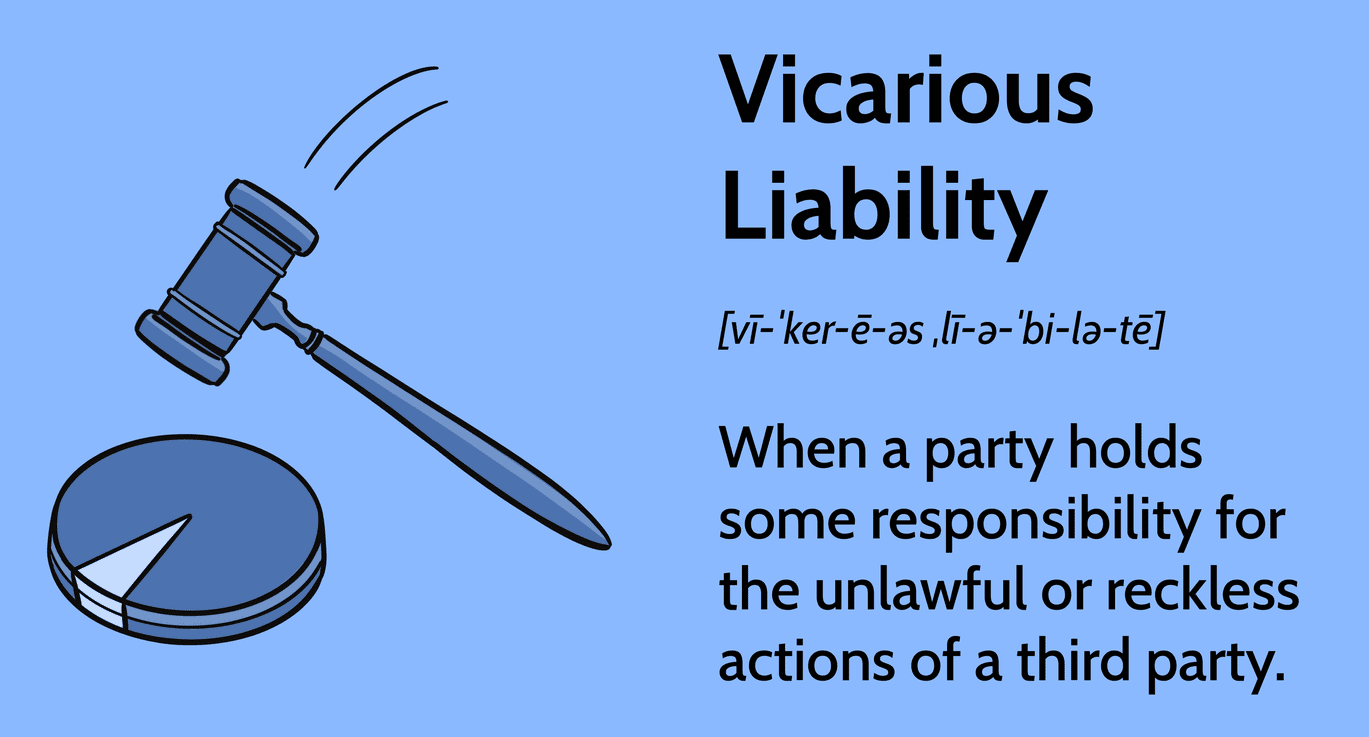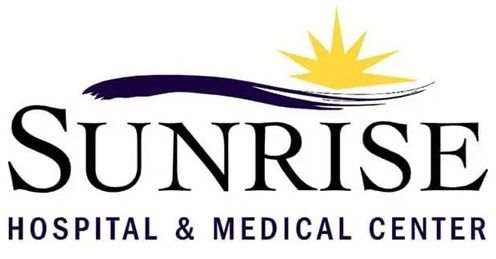Hospital Liability
It is common for a hospital to try to defend itself against a medical malpractice claim by asserting that the doctor was an independent contractor (not an employee). However, it is possible to counter this defense with evidence establishing the reality of the doctor-hospital relationship. If the health care provider utilizes facility resources, is subject to control by hospital policies, and has the power to admit, evaluate, and treat patients, the physician is more likely to be viewed as an employee.
The Supreme Court of the State of Nevada (“Nevada Supreme Court”) held in its opinion filed on December 28, 2017, that while the general rule of vicarious liability is that an employer is liable for the negligence of its employee but not the negligence of an independent contractor, an exception exists if the hospital selects the doctor and it is reasonable for the patient to assume that the doctor is an agent of the hospital. In such a scenario, the doctor has apparent authority to bind the hospital, making the hospital vicariously liable for the doctor’s actions under the doctrine of ostensible agency.
In the Nevada medical malpractice case the Nevada Supreme Court was reviewing, the plaintiff sued a hospital and an on-call obstetrician (“OB”) who had delivered her child, alleging that the child suffered severe and permanent birth injuries allegedly as a result of medical negligence. The plaintiff settled with the defendant OB before trial and the signed release explicitly reserved all rights against the defendant hospital predicated upon the actions or omissions of the OB.
The Nevada medical malpractice jury found in favor of the defendant hospital on the plaintiff’s direct negligence claim against the hospital following an eleven-day trial, but the plaintiff sought to hold the defendant hospital vicariously liable for the OB’s alleged medical negligence. The plaintiff/hospital conceded that the OB is an independent contractor rather than an employee of the defendant hospital and that the OB is paid by an outside medical group to provide on-call obstetrical service at the defendant hospital.
Nonetheless, the plaintiff argued that a reasonable patient in her position would have understood the OB to be an employee of the defendant hospital, making the OB an ostensible agent of the defendant hospital and exposing the hospital to vicarious liability for the OB’s conduct.
Ostensible Agency/Vicarious Liability
NRS 41A.045(1) provides: “In an action for injury or death against a provider of health care based upon professional negligence, each defendant is liable to the plaintiff. . . severally only, and not jointly, for that portion of the judgment which represents the percentage of negligence attributable to the defendant.”
The purpose of NRS 41A.045(1) is “to abrogate joint and several liability of a provider of health care in an action for injury or death against the provider of health care based upon professional negligence.” NRS 41A.045 substitutes a joint and several liability scheme, wherein each defendant is liable for all of the damages that joint defendants caused, for a several liability scheme, wherein a plaintiff can recover only the defendant’s share of the injured plaintiff’s damages.
The Nevada Supreme Court stated that vicarious liability is related to but distinct from the concepts of several liability and joint and several liability: vicarious liability is liability that a supervisory party bears for the actionable conduct of a subordinate based on the relationship between the two parties. The supervisory party need not be directly at fault to be liable, because the subordinate’s negligence is imputed to the supervisor. Vicarious liability applies regardless of whether joint and several liability or several liability is the governing rule.
The Nevada Supreme Court stated that because NRS 41A.045 is silent regarding vicarious liability, it leaves vicarious liability intact.

The Nevada Supreme Court ruled that vicarious liability is liability that a supervisory party bears for the actionable conduct of a subordinate based on the relationship between the two parties.
The supervisory party need not be directly at fault to be liable, because the subordinate’s negligence is imputed to the supervisor.
Vicarious liability applies regardless of whether joint and several liability or several liability is the governing rule.
The Nevada Supreme Court stated that because NRS 41A.045 is silent regarding vicarious liability, it leaves vicarious liability intact.
When a hospital tries to avoid liability by claiming the doctor is NOT an employee
It is common for a hospital to defend a medical malpractice claim based upon vicarious liability by asserting that the doctor was an independent contractor (not an employee). However, it is possible to counter this defense with evidence establishing the reality of the doctor-hospital relationship. If the health care provider utilizes facility resources, is subject to control by hospital policies, and has the power to admit, evaluate, and treat patients, the physician is more likely to be viewed as an employee.
Another strategy to overcome the independent contractor defense is proving that the hospital indirectly granted the physician with authority to act on its behalf. This concept of “apparent agency” may attach liability to the facility when the hospital represented that the physician was an employee and the patient reasonably relied upon the representation.
Note: In the case of Patient-1, after the botched surgery occurred, the hospital quickly informed the patient that the surgeon (Dr. Michael Bradford) was NOT an employee of the hospital. However, Dr. Bradford was Chief of Surgery at Sunrise Hospital at the time of Patient-1's surgery on June 17, 2025.
This issue is similar to the case for Patient-12, where the surgeon had staff privileges with the hospital. He was also the Chief of Staff in 1974 and Vice Chief of Staff in 1982 (1974 and 1982 are when the two surgeries took place for Patient-12).
